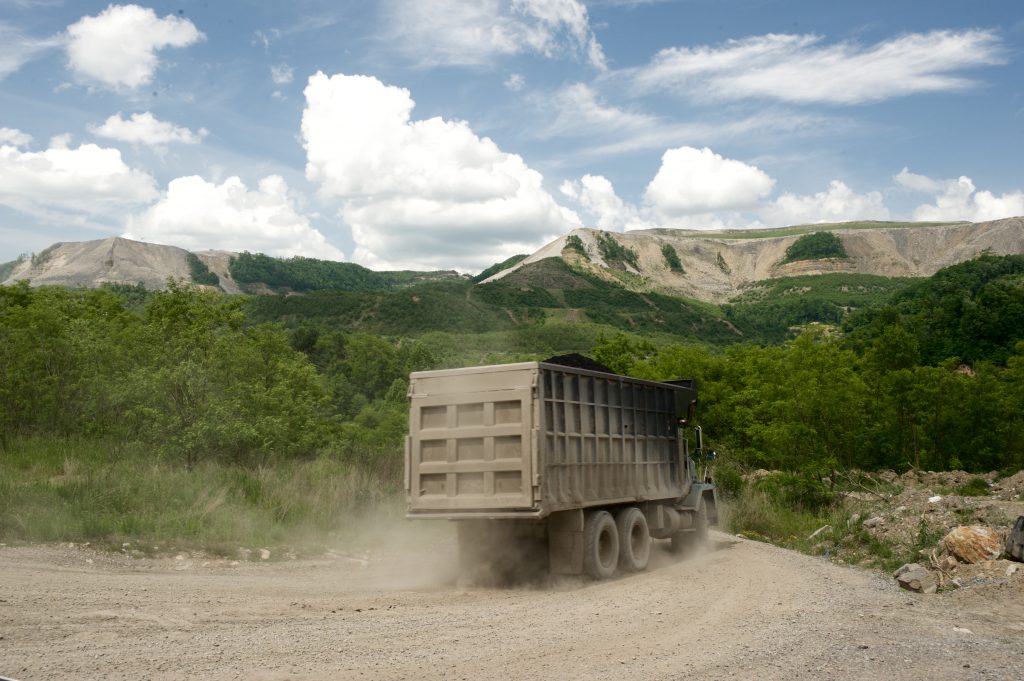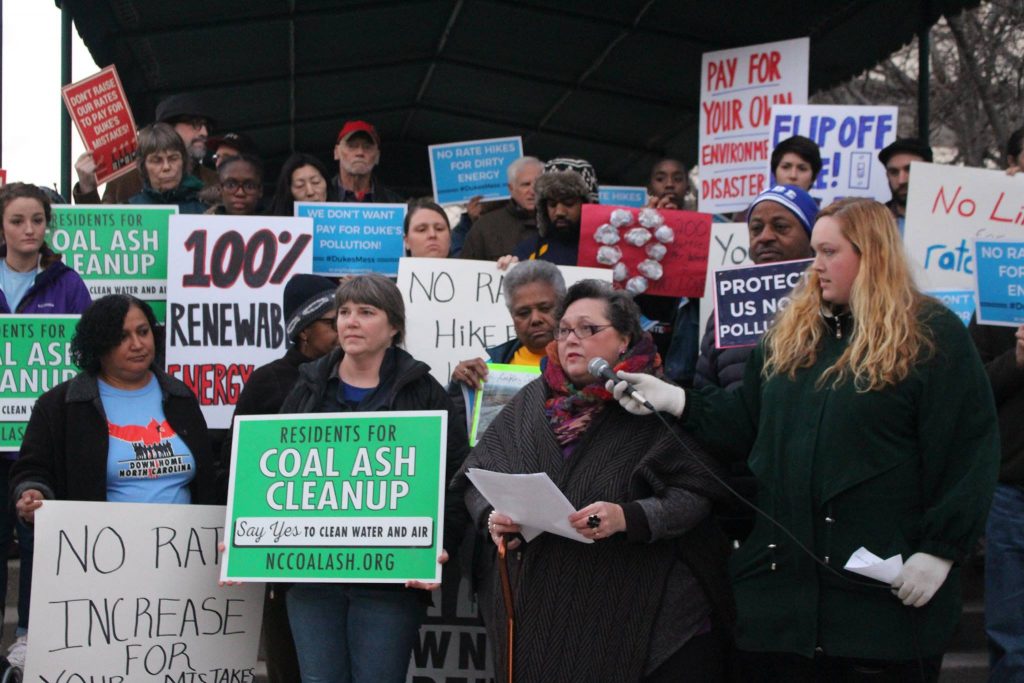Cleaning Up Coal Ash
For well over a century, power plants across the country have burned coal to generate electricity. And for just as long, leftover coal ash has been dumped in open, unlined pits near the power plant, usually located on a river or lake. Every year, U.S. power plants produce 130 million tons of coal ash, which is the second largest waste stream in the country after municipal garbage.
Coal ash concentrates the toxic heavy metals found in coal, including arsenic, mercury, lead and selenium. Stored in unlined, wet impoundments, coal ash has been leaking these toxics into our groundwater and surface waters for years. Sometimes these impoundments collapse — with disastrous results.
Yet government regulations for coal ash management are either non-existent or sparse, and there is little enforcement of the regulations that do exist. In North Carolina, this lack of oversight — and the complicity between state regulators, elected officials and Duke Energy — came to a boiling point in February 2014 when one of Duke’s coal ash impoundments spilled 39 million tons of ash into the Dan River.
Citizens living near North Carolina’s 33 coal ash impoundments — all of which have leaked — have fought for transparency from Duke and the state, and for cleanup of the pollution that threatens their property value, health and family. Their actions forced this issue into the headlines of news networks and to the forefront of environmental justice conversations in the United States.
Appalachian Voices stood with these communities as we worked for years to compel Duke Energy and the N.C. Department of Environmental Quality to excavate coal ash from all the North Carolina sites and dispose of it either in lined, dry landfills, away from waterways, or by recycling it for concrete or other uses, provided it’s done in a manner that protects public health and the environment.
On Jan. 2, 2020, North Carolina announced a historic settlement with one of the state’s most powerful corporations and polluters, Duke Energy. The settlement requires Duke to move nearly 80 million tons of toxic coal ash at six of its power plants to properly lined landfills onsite or recycle it.

Learn information about specific coal ash impoundments in the South, including health threats and safety ratings:
Additional Resources
Fact sheets, videos, links to academic research, and more
Sign Up to Act
Help us protect the health of our communities and waterways.
Latest News
Six lives a day: Energy efficiency could result in tremendous public health benefits
A recent report by the American Council for an Energy-Efficient Economy highlights why energy efficiency should be a key part of the conversation about public health.
Contest announced for home weatherization in the N.C. High Country
Contact: Rebecca Bauer, North Carolina Energy Savings Outreach…
N.C. “Home Energy Makeover Contest” Redux
We’re launching our second High Country Home Energy Makeover Contest for residential members of Blue Ridge Energy (BRE) in North Carolina, with a grand-prize of $2,500 in home improvements.
TVA’s “New Pricing Paradigm” is a bad deal for communities and clean energy
Appalachian Voices attended TVA’s February board meeting to oppose rate reforms that would burden on low-income residents and thwart future investments in clean energy.
Still on hold: Few answers on review of mountaintop removal health impacts
More than a year into the Trump administration, a director for the Office of Surface Mining has yet to be confirmed. And it’s unlikely that Trump’s pro-coal pick will reinstate a review of the human health impacts of mountaintop removal.
N.C. regulators shift coal ash cleanup costs to ratepayers
The North Carolina Utilities Commission signed off on a rate hike proposed by Duke Energy, effectively shifting the cost burden of cleaning up coal ash onto many families who are already struggling to stay afloat.











